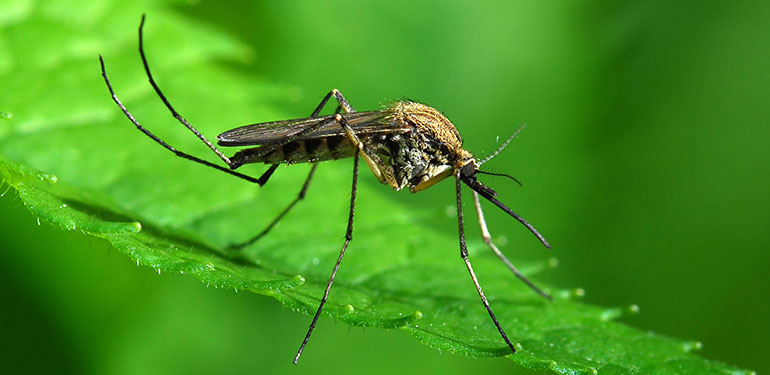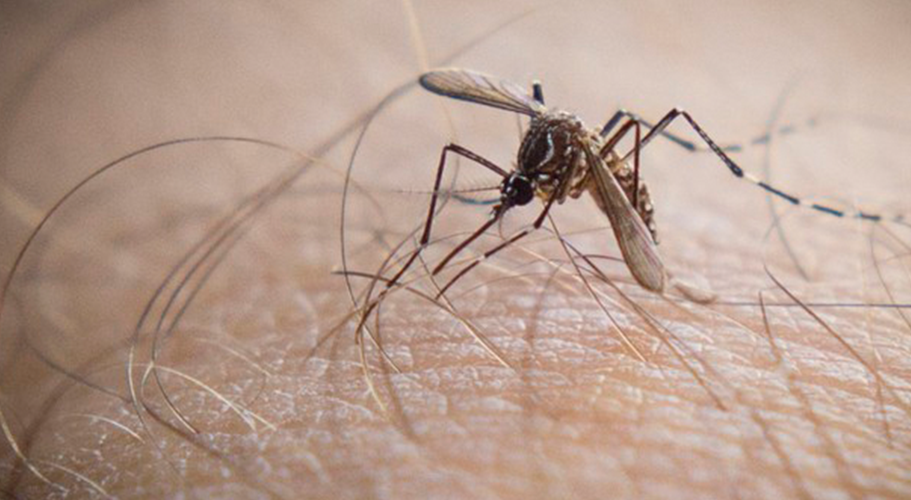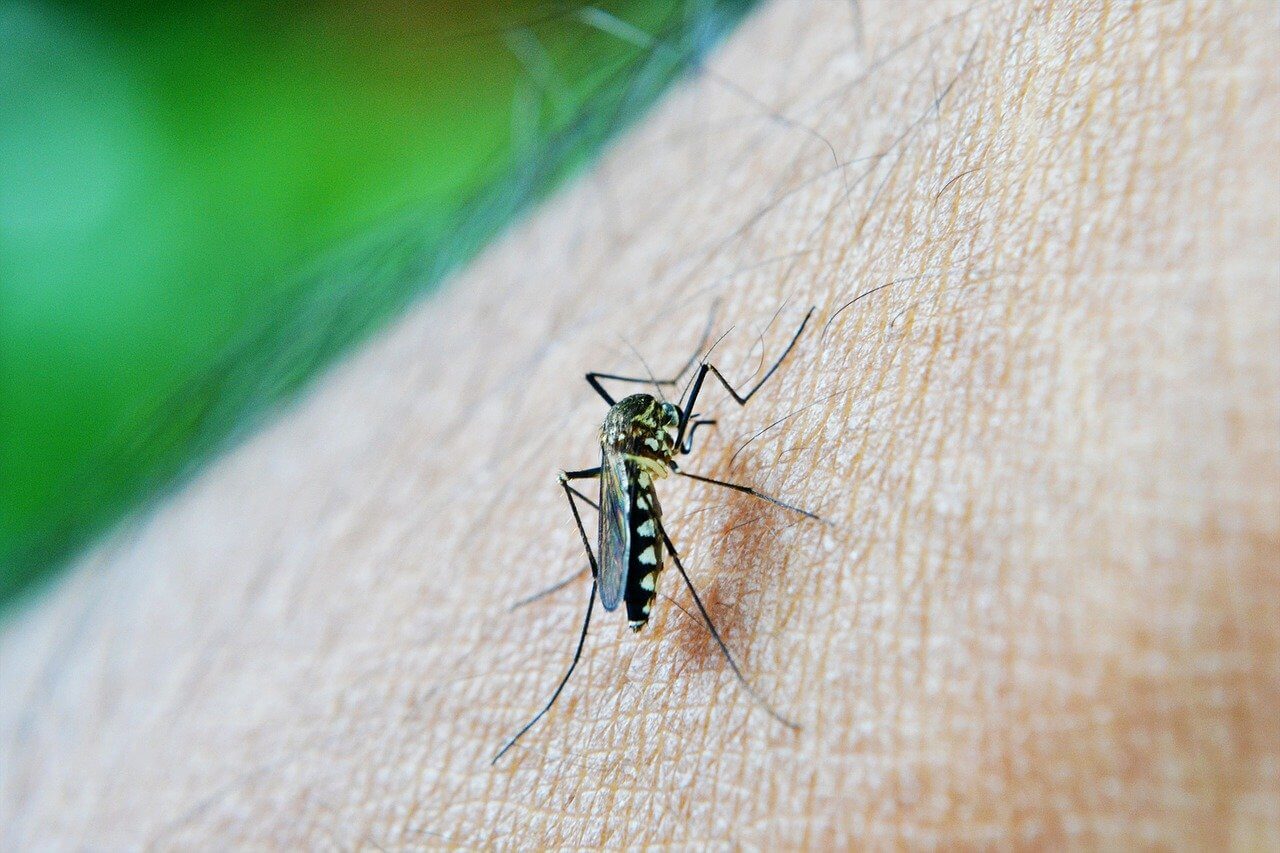
High light pollution could impact transmission of diseases through mosquitoes
Increased biting of Aedes aegypti mosquitoes, which usually fly and bite in the early morning and in the afternoon, highlights the concern that high light pollution might have an effect on the transmission of diseases such as dengue fever, yellow fever, chikungunya, and Zika. In the control group, twenty-nine percent of the mosquitoes that had no light were fed at night, while 59 percent of the mosquitoes were blood-fed by artificial light.
The female mosquitoes normally feed early in the morning and late in the afternoon but the increase of artificial light and light pollution keeps them active even after sunset. Artificial light is causing the mosquitoes to be twice as likely to bite at night.
The results will assist epidemiologists to better understand the true risk of this species’ transmission of disease. More ideas for bed net use may also result from the discovery. Mosquito bed nets are usually used at night to deter bites from a different species of mosquitoes, Anopheles, but since Aedes aegypti has been shown to be activated by artificial light, even with minimal Anopheles involvement, mosquito nets may also be used in areas with a possibility of disease transmission.
Mosquito bed nets are usually used at night to deter bites from a different species of mosquitoes, Anopheles, but since Aedes aegypti has been shown to be activated by artificial light, even with minimal Anopheles involvement, mosquito nets may also be used in areas with a possibility of disease transmission.









